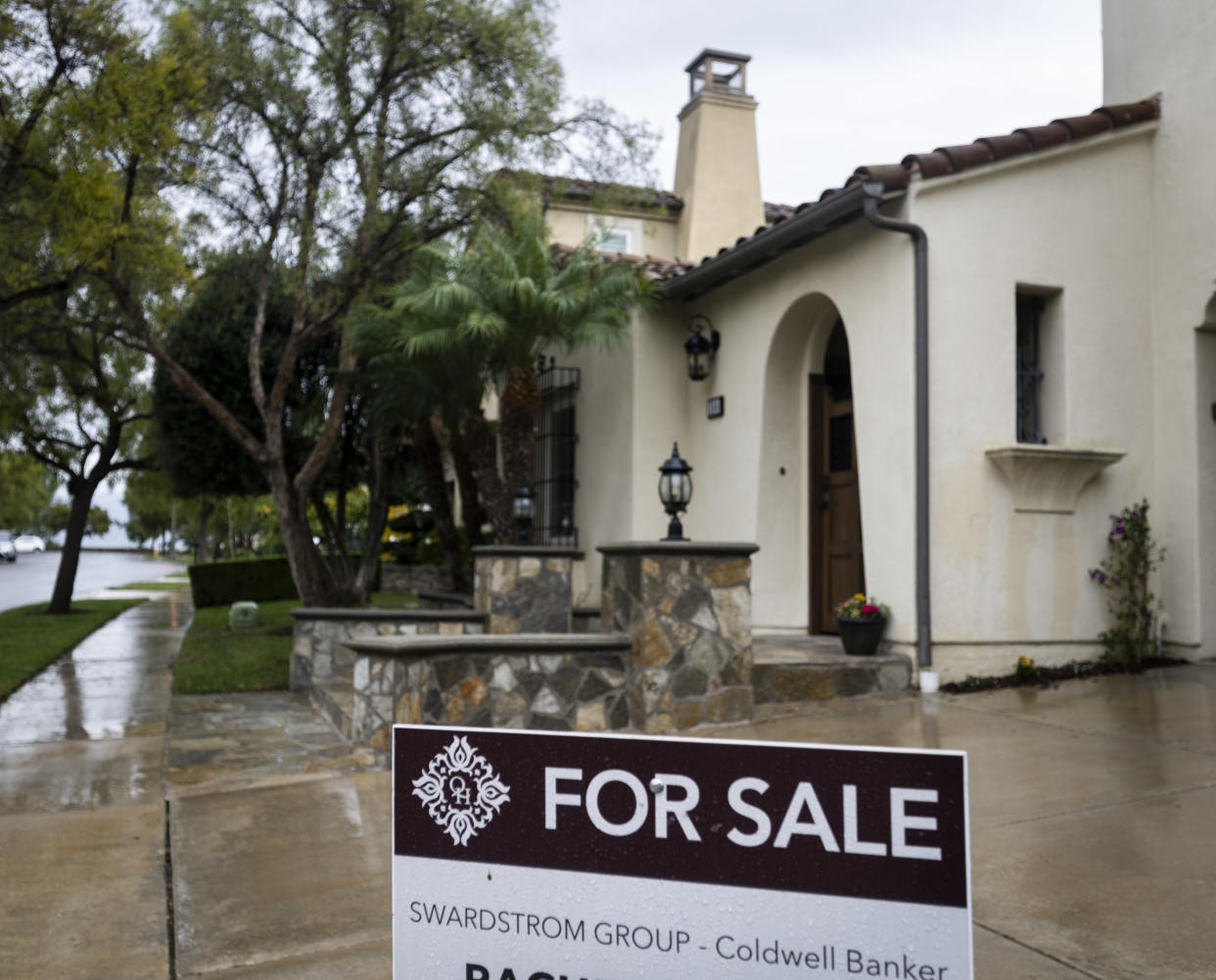Buying and renting are so much more expensive now — but one is still cheaper almost everywhere
It's noticeably more expensive to buy or rent in this post-pandemic era. But all in all, it’s still cheaper to rent, according to a new analysis from a Bank of America economist.
"It clearly has not been a buyers’ market due to low affordability, but the situation has not been all that much better in the rental market," Jeseo Park, economist at Bank of America, wrote in a recent research note.
Park noted that nationally rents have risen to 26% of median US household income from 23%, while the ratio of mortgage payments to income has increased to 32% from 19%.
"Despite the costs of renting and homeownership both increasing, renting is more affordable than owning," Park concluded.
Read more: How to buy a house in 2023

Buying a home in major cities in the West is substantially more expensive than renting.
As a percentage of median income, mortgage payments and tax exceed rent payments in Los Angeles (83% vs. 41%), San Jose (80% vs. 26%), San Francisco (71% vs. 29%), San Diego (74% vs. 38%) and Seattle (55% vs. 25%), Park found.
Other major metropolitan areas are dealing with the same dilemma, such as New York (62% vs. 43%), Portland (50% vs. 25%), and Austin (45% vs. 23%).
Only New Orleans and Jackson are the major metros of the 97 Bank of America examined where it’s less expensive to buy than to rent.
"Overall, the data clearly point to a housing market that has become more burdensome on the average buyer than pre-pandemic, and it may take some time to return to a new supply and demand equilibrium," Park wrote.
Many first-time homebuyers have felt priced out of the brutal housing market. Mortgage rates have been no help, with the average rate on the 30-year mortgage hitting a 23-year high in October, pushing more buyers to the sidelines. Rates have moved lower, but still remain well above 7%.
Read more: Mortgage rates at 20-year high: Is 2023 a good time to buy a house?
"Although a small cooling in mortgage rates is good news, buyers should anticipate a higher-for-longer rate environment," Park wrote.
Higher rates have kept more homeowners from listing their homes for sale, leading to an undersupplied market and rising home prices.
These factors have weakened confidence among consumers. In October, 77% of consumers said it was a bad time to buy a home, according to the University of Michigan’s consumer sentiment survey, with 62% citing high interest rates and tight credit as the reason.
Rates also play a big part in the homebuying budget equation.
Read more: 5 strategies to get the lowest mortgage rates in 2023
The median monthly mortgage payment with 7.5% mortgage rate came in at $2,670 for the four weeks ending Nov. 12, per data from Redfin. While that’s down $70 from the all-time high set three weeks earlier, it’s still 13% higher than a year ago, Park wrote.
"In the near term, mortgage rates should remain higher for longer and keep home ownership challenging for many potential buyers," Park wrote. "Nevertheless, once the Fed starts cutting in 2024, we should begin to see signs of housing activity gradually picking up due to improved demand and supply."
—
Dani Romero is a reporter for Yahoo Finance. Follow her on Twitter @daniromerotv.
